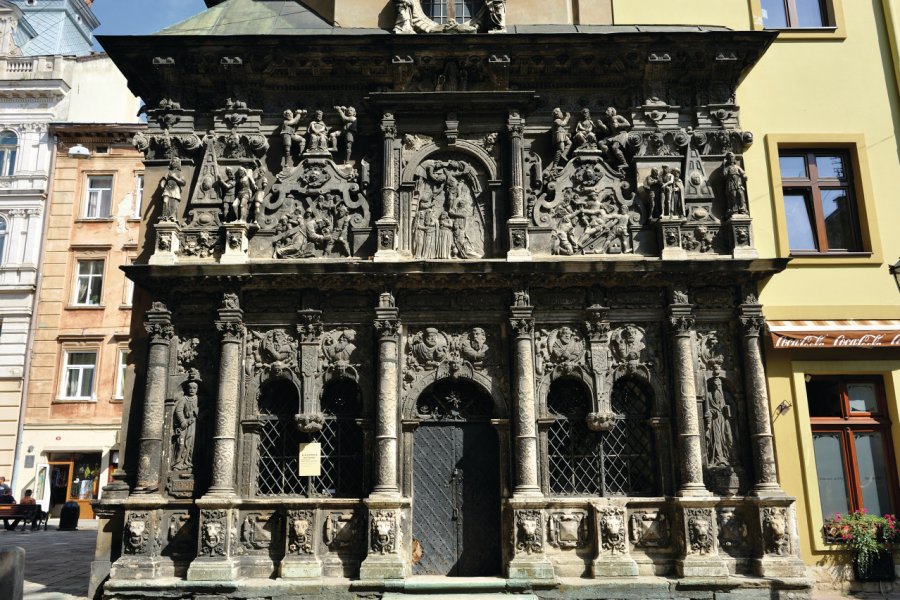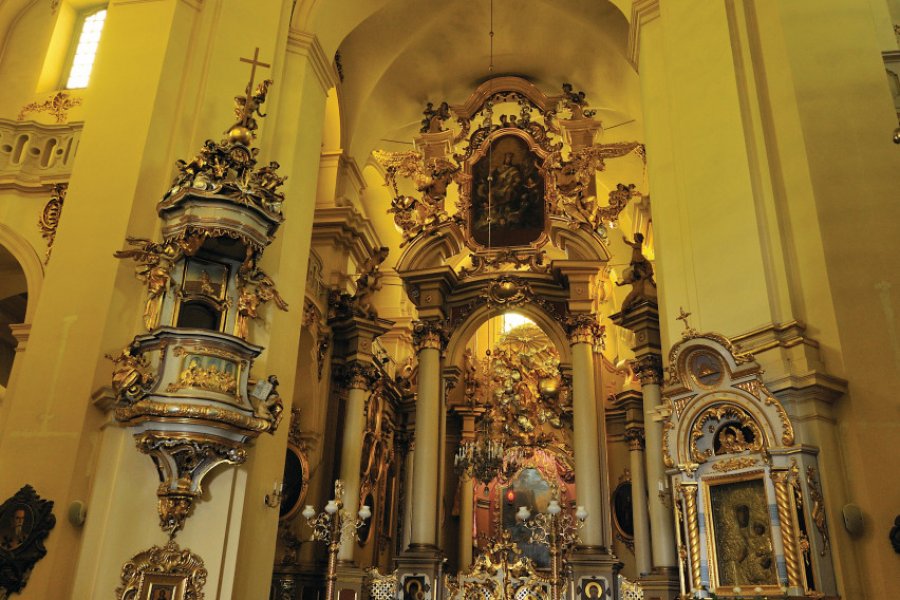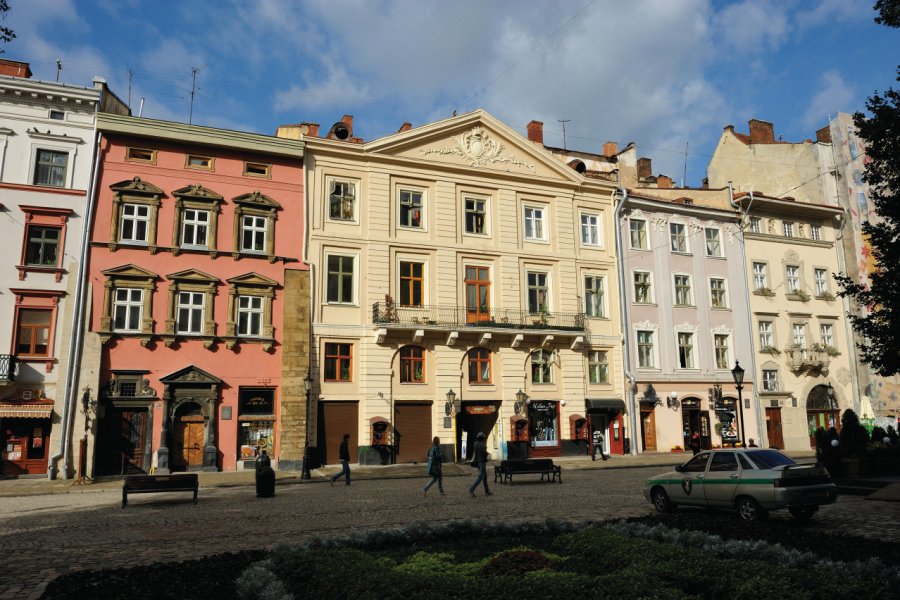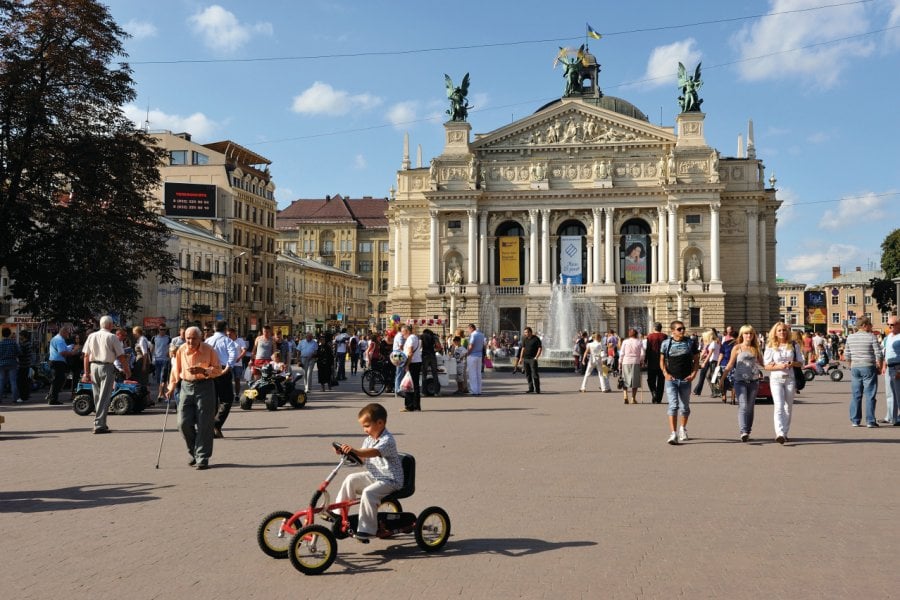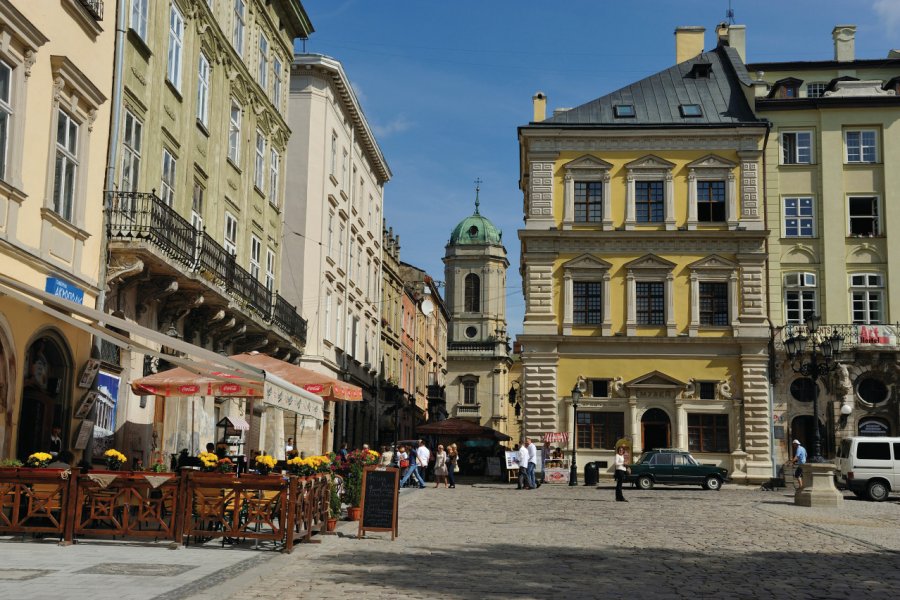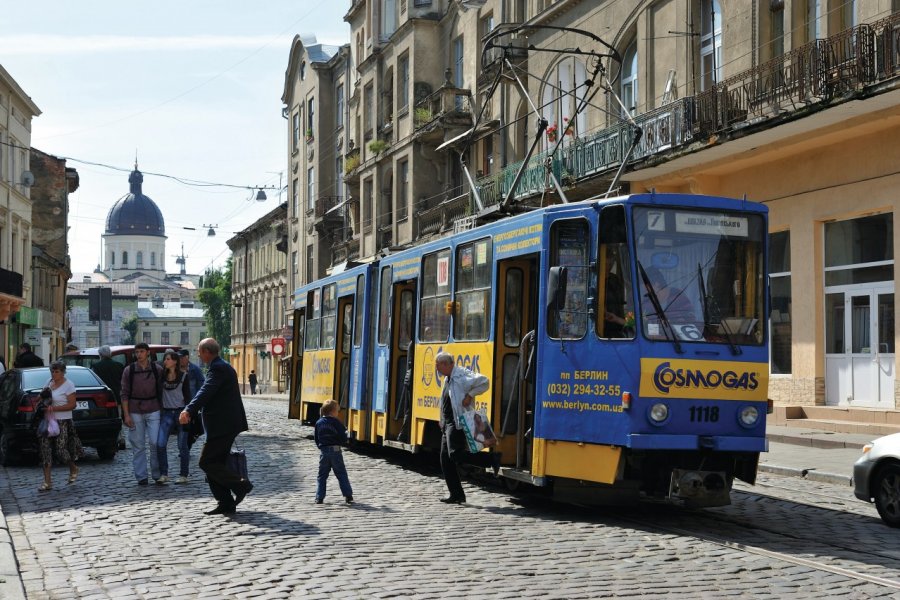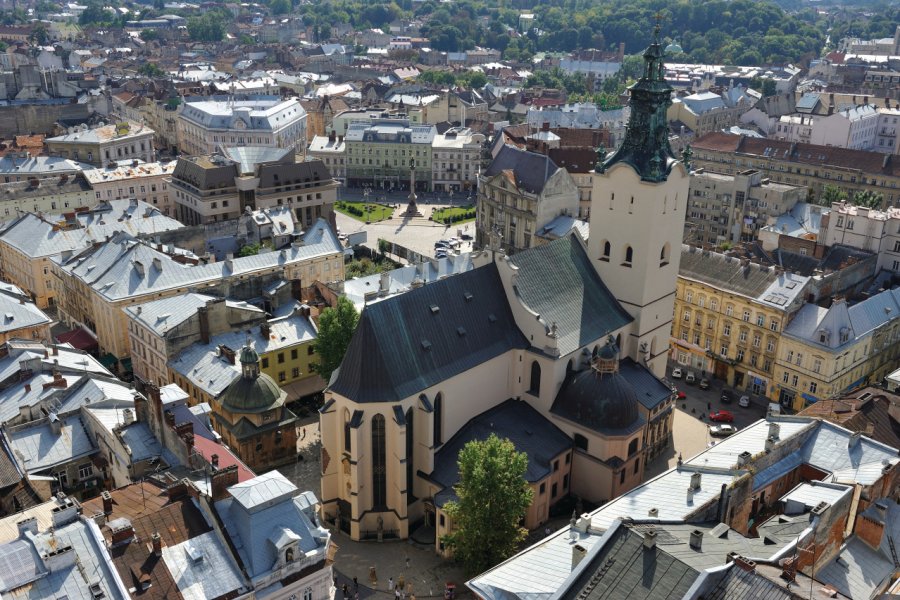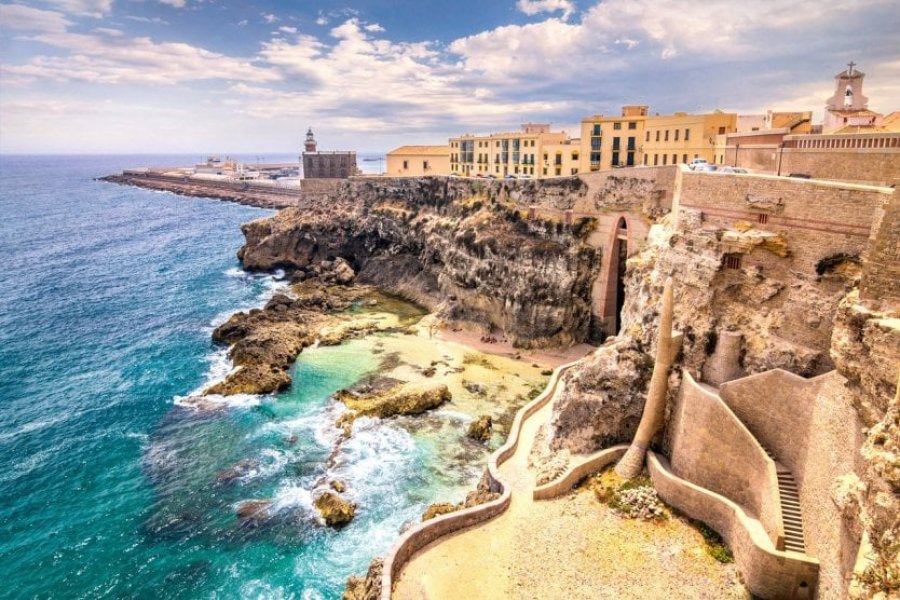Travel Guide Lviv (Львів)
Find an accommodation
Advertising
The city takes its name from Lev, son of Prince Danylo Halytskyi (Daniel of Galicia) who, in the middle of the 13th century, had a fortified castle built here in an elevated position. Located at the crossroads of the trade routes leading from north to south and from east to west, the village around the castle flourished rapidly and soon became one of the richest and most dynamic cities in the principality of Galicia-Volynia. Although the first mentions of the city in ancient chronicles date back to 1256, archaeological excavations have shown traces of campsites since the 6th century. Throughout its history, Lviv has seen its name change several times depending on the language of the dominant country. In 1349, the city was annexed to Poland by King Casimir III. It was at this time that the Polish authorities gave it the name Lwów. In 1356, the city received the rights of Magdeburg and the right to govern itself. Following the first partition of Poland in 1772, Lwów became the capital of the kingdom of the Austro-Hungarian province of Galicia-Lodomeria, and took the name Lemberg. A centre of culture, science and commerce, the city enjoyed a high degree of autonomy and continued to flourish. Multi-ethnic and multi-confessional city, Poles, Ukrainians, Russians, Germans, Armenians and Jews lived there with respect for each other. At the end of the First World War, following the collapse of the Habsburg Empire, on 19 October 1918 the local Ukrainian population proclaimed Lviv capital of the Western Ukrainian People's Republic, which lasted only a few months. The city was then annexed to Poland until 1939 when the Molotov-Ribbentrop Pact and the partition of Poland determined its annexation to the Ukrainian Soviet Socialist Republic. It was at this time that the name of the city changed again and became Lvov.With a liberal tradition dating back to the Austro-Hungarian era during the Soviet period, the city was characterized by an atmosphere of greater freedom from the rest of the country and strong aspirations for independence. Lviv is also the centre of the national renewal. A real nucleus of Ukrainian culture, this city has welcomed over the centuries opponents of the tsarist regime, then opponents of the Soviet government. It was in Lviv that the Greek-Catholic Church (uniate) survived underground and illegally after being subjected to several persecutions since the annexation of Western Ukraine to the USSR. Today, the city has 120 churches. Religion remains one of the city's characteristic features. It was here that Pope John Paul II celebrated a mass in 2001, with more than a million participants. In 1991, Lviv played a decisive role in the proclamation of Ukraine's independence and has since been committed to basing itself on democratic traditions and Ukrainian language and culture. If Lviv is today the most "Ukrainian" city in the world, it has always been a multicultural city in its history. From the time of Casimir III, the original Ukrainian population had been strongly "polonized" and Lviv had become a predominantly Polish city, with strong Ukrainian and Jewish minorities. A simple walk through the city centre will reveal this. The recurring inscriptions in Polish on tombs and monuments recall that many Polish aristocratic families lived there until the city's integration into the Ukrainian Soviet Republic after the Second World War. The massacre of Jews by the Nazi army, the massive departure of Poles and the destruction of the war led to a radical demographic change. After the war and with the industrialization of the late 1950s, the city was repopulated by Ukrainians from neighbouring villages. Thus, in 2000, Ukrainians in Lviv constituted more than 90% of the total population.If Lviv is only the third largest city in the country in terms of population (575,000 inhabitants), it is undoubtedly Kiev's real competitor in embodying Ukrainian identity and culture. If Kiev is the centre of power, Lviv is for many the authentic Ukrainian soul of the country. For tourism, the comparison is also valid. If Kiev is an interesting city with many attractions, in Lviv all the beauties are concentrated in a superbly preserved historical centre that bears all the influences of the Western capital. Protected by UNESCO since 1998, its architectural heritage remains the best preserved in the whole of Ukraine. The sumptuous central square with its imposing Austrian facades of the Opera House or National Museum is next to narrow medieval cobbled streets for a most charming atmosphere. From its turbulent past, Lviv has inherited many architectural treasures. Of Baroque or Gothic inspiration, combining the Renaissance style with the simplicity of Armenian art, it is a city that abounds in magnificent monuments. Its charm has always been so influential that it has attracted many personalities such as the Polish poet Adam Mickiewicz, the Ukrainian historian and philosopher Mikhail Grushvsky, the biologist Rudolf Wiegel, the inventor of the typhus vaccine and the writer Stanislav Sem. A dynamic, young city, proud of its heritage and history, Lviv charms all its visitors with its beauty, its vital atmosphere and its difference with the rest of the country. Here, the Soviet past has left very weak traces, both in the urban landscape and in the mentality of its inhabitants. Guided by a young, professional and European-oriented administration eager for change, it is said that the Muses of Creation came to visit them in Lviv and thus gave them new ideas. An incalculable number of modern art galleries are regularly created, and call for the discovery of sculpture and contemporary painting. Many jazz, rock, pop and classical music festivals are also held in Lviv throughout the year, and folk ensembles present traditional Ukrainian culture to visitors. Among the most beloved and significant festivals are the Chocolate Festival in February (www.shokolad.lviv.ua) and Leopolis Jazz Fest in May (www.leopolisjazz.com/ua). Moreover, it would be impossible to imagine Lviv without his beer, coffee and chocolate.
What to visit Lviv (Львів)?
Advertising
Suggested addresses Lviv (Львів)
Weather at the moment
Advertising
Organize your trip with our partners Lviv (Львів)
Transportation
Book your plane tickets
Car Rental
Boat rental
Accommodation & stays
Find a hotel
Holiday rental
Find your campsite
Tailor-made trip
Immersion travel
Services / On site
Activities & visits
Find a doctor

